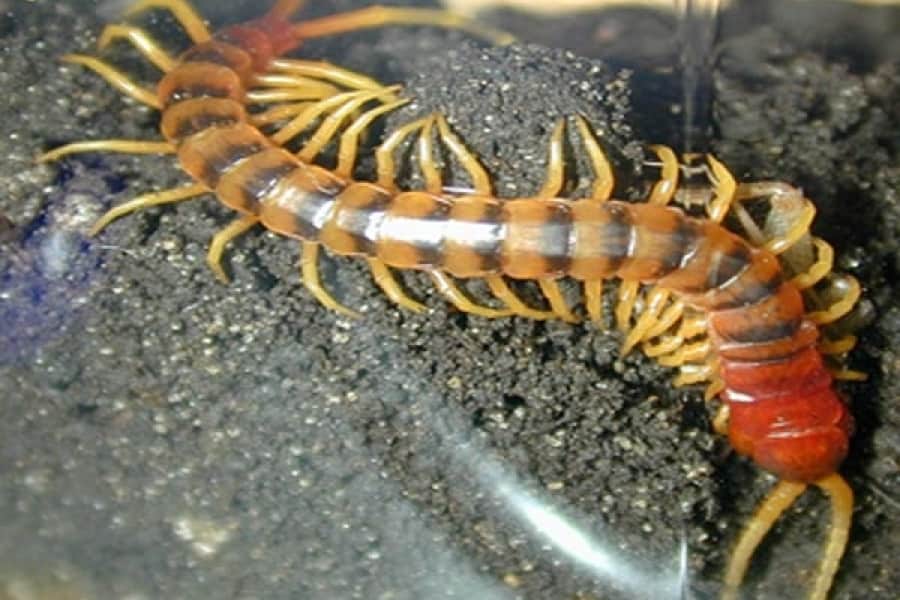
Scientific Name
- The scientific name of Peruvian Giant Centipede is Scolopendra gigantea robusta.
- The other names for this species are Peruvian Centipede, Peruvian Giant Yellow Leg Centipede, and Peruvian Giant Orange Leg Centipede.
Description
- Peruvian Giant Centipede or Scolopendra sp. may be the world’s largest centipede species.
- These centipedes are fast and aggressive but are actually supposedly one of the calmer centipede species.
Distribution
- Northern part of South America, Brazil and Peru.
Size
- Adult size is from 7- 11 inches.
Life Span
- 5 – 10 years.
Diet
- Adults will consume almost any creature that is not larger that itself, including large cricket, cockroaches, small mice and even fuzzy rats.
- Baby centipedes eat pinhead crickets or other small insects.
Habitat
- Terrestrial.
- Temperature 75°F to 85°F.
- Put 2 to 3 inches of soil, moss, barks. with 75 to 85 % of humidity.
Cage and Housing
- Cage should be wide for terrestrials and twice as long of the full grown size.
- Centipedes are good escape artists, so make sure the tank is tall and escape-proof.
- A small water dish to be available in the cage at all time.
- A hiding place is essential for its privacy, security and sleep by day.
- No decorations are required.
Note of Caution
- All centipedes have a certain amount of venom.
- Although most people would not die from this species, yet some people may be allergic to the venom, or more sensitive, making it a dangerous situation.
- This is main reason that people should not handle the centipede, the affects of this centipedes’ natural defence may vary from people to people.
- All centipedes should be considered dangerous, hence be cautious, because you do not want risk yourself to find out if you are allergic or sensitive to the venom the hard way.
